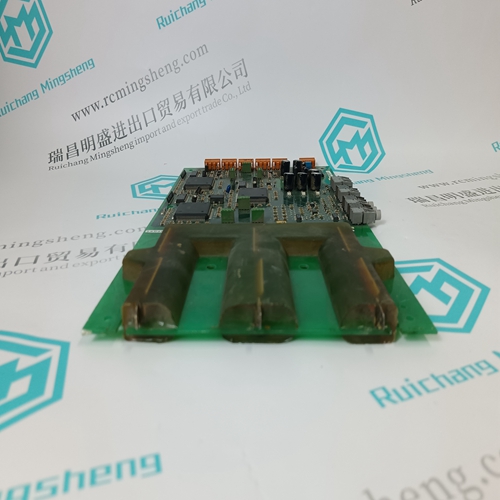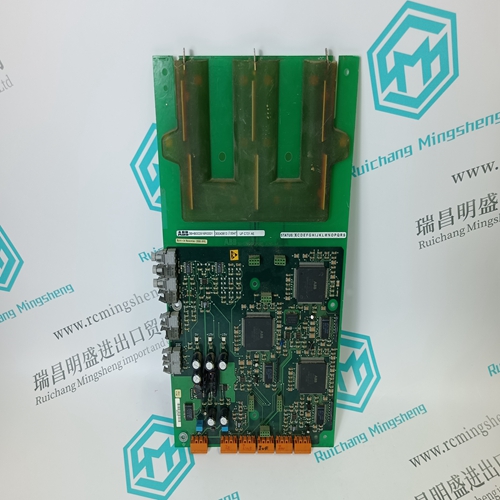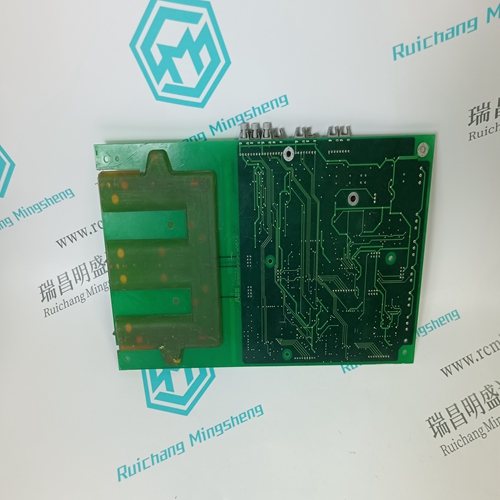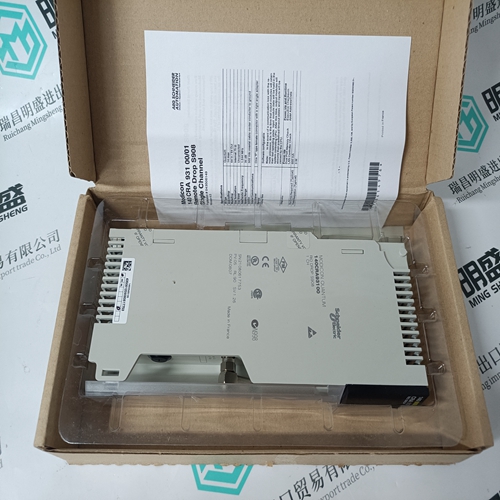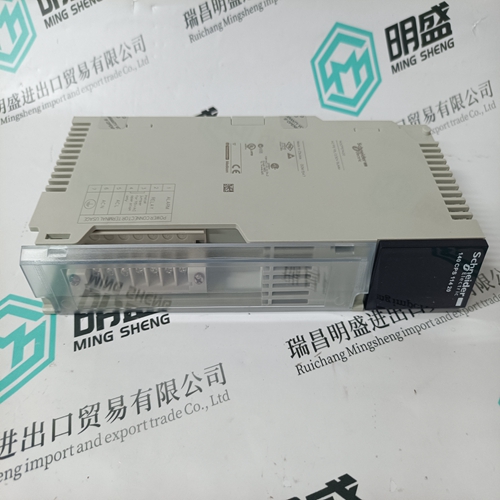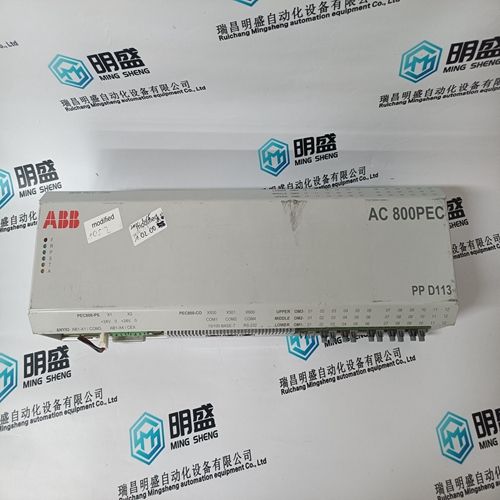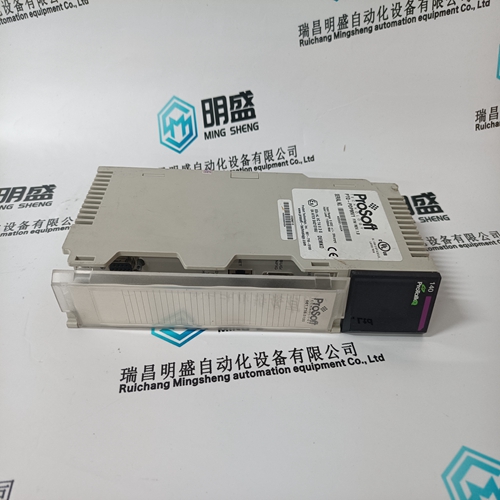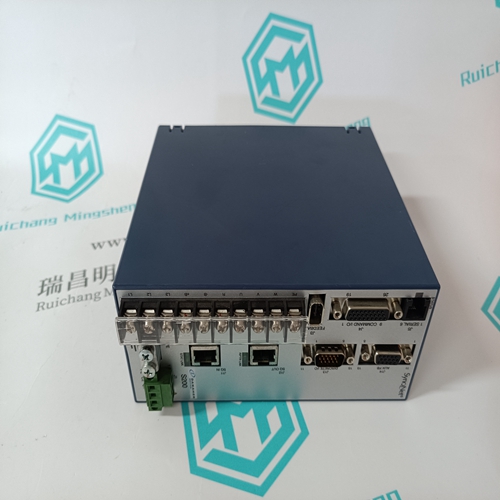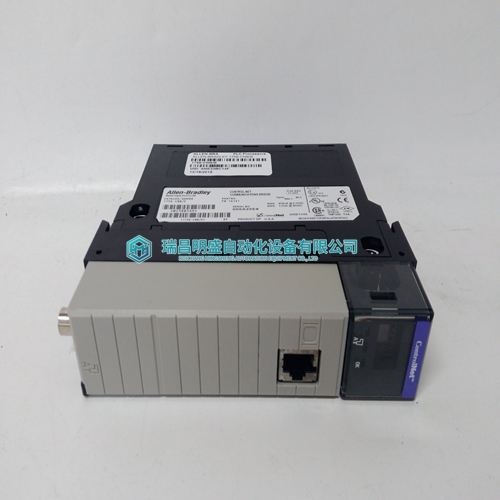Home > Product > DCS control system > UFC721AE 3BHB002916R0001 Control module
UFC721AE 3BHB002916R0001 Control module
- Product ID: UFC721AE 3BHB002916R0001
- Brand: ABB
- Place of origin: The Swiss
- Goods status: new/used
- Delivery date: stock
- The quality assurance period: 365 days
- Phone/WhatsApp/WeChat:+86 15270269218
- Email:stodcdcs@gmail.com
- Tags:UFC721AE 3BHB002916R0001Control module
- Get the latest price:Click to consult
The main products
Spare parts spare parts, the DCS control system of PLC system and the robot system spare parts,
Brand advantage: Allen Bradley, BentlyNevada, ABB, Emerson Ovation, Honeywell DCS, Rockwell ICS Triplex, FOXBORO, Schneider PLC, GE Fanuc, Motorola, HIMA, TRICONEX, Prosoft etc. Various kinds of imported industrial parts
UFC721AE 3BHB002916R0001 Control module
Amplitude compensation factors a1, a2, a3 Factors a1, a2 and a3 facilitate compensating differences between the rated currents of protected unit and c.t's. The factors "a" are defined by the ratio of the c.t. rated current to the reference current. In the case of a two-winding transformer, both windings have the same rated power and the rated current of the transformer is taken as the reference current. Providing the factor "a" is correctly set, all the settings for g, v, b, g-High and I-Inst are referred to the rated current of the transformer and not to the rated primary current of the c.t.The reference current is only chosen to be different from the transformer rated current, if this should be necessary because of the setting range of factors a1 and a2. Differences between the rated currents of the c.t's and a twowinding transformer may also be compensated by adjusting the reference values of the A/D channels. In this case and assuming the power ratings of the two windings to be the same, the factors are set to a1 = a2 = 1. The reference values corresponding to the above example are:
Differential current I-Inst
The differential current setting I-Inst facilitates fast tripping of high internal fault currents (inhibits the detection of an inrush current). The setting must be higher than any normal inrush current to be expected. The typical value for power transformers of low to medium power is I-Inst = 12 IN. Pick-up ratio for detecting inrush The setting of this ratio determines the sensitivity of the function for detecting inrush. Generally the ratio of 2nd harmonic to fundamental is greater than 15 %. Allowing a margin to ensure that an inrush condition is detected, a setting of 10 % is recommended. Duration of active inrush detection The setting for how long the inrush detection function should be active depends on how long the danger of false tripping due to an inrush current, which only flows through one winding, exists. A typical setting is 5 s.
